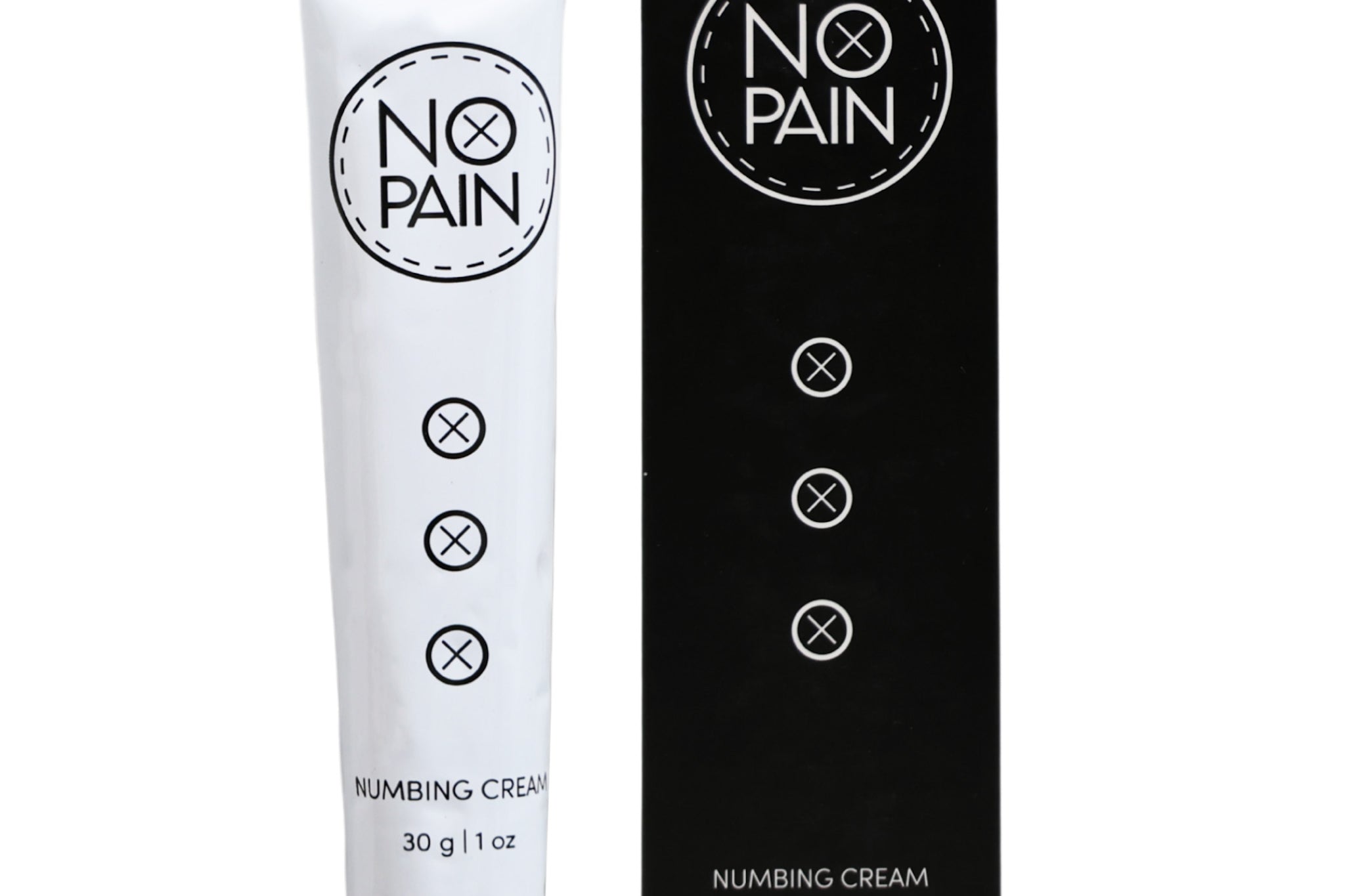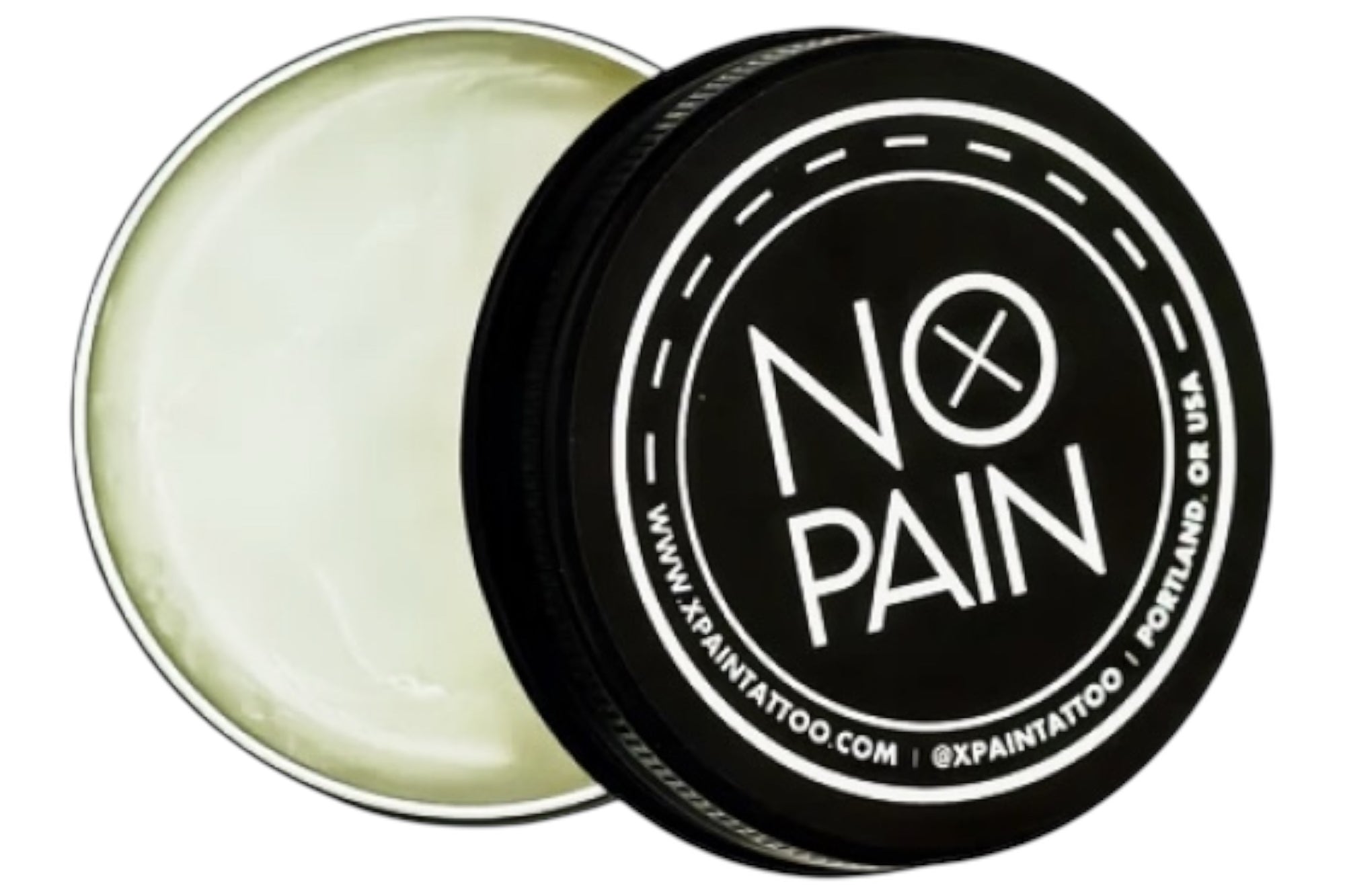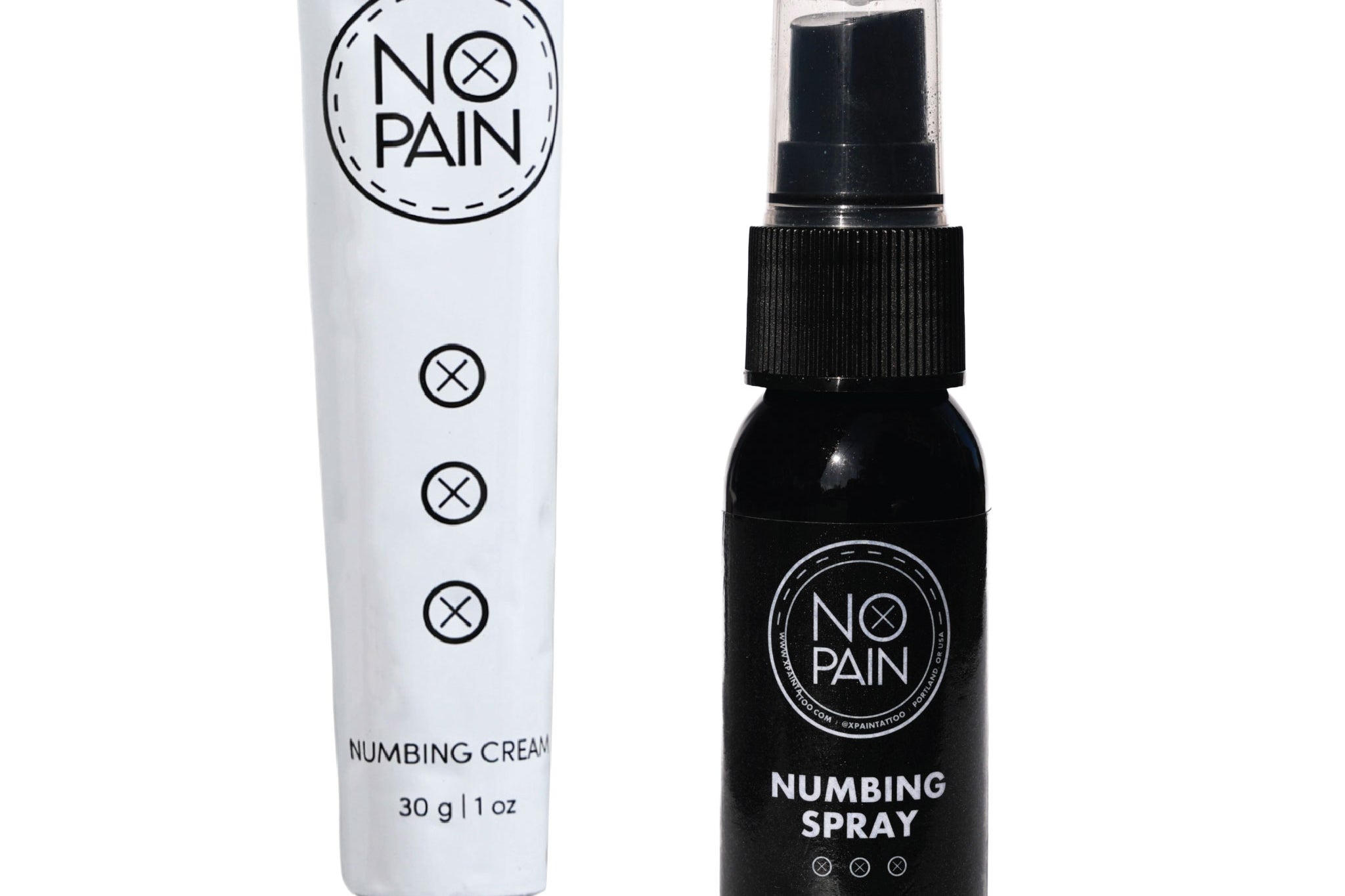White ink holds a certain mystique in the tattoo world. It can be used to create stunning, ethereal designs or the brilliant, high-contrast highlights that make a tattoo "pop." But it's also a notoriously difficult pigment to work with, and it comes with a unique set of challenges that every client should understand.
So, how do artists use white ink effectively? It's a question of technique, design, and managing expectations. This is your guide to the art of the white ink tattoo and what makes it so different from any other color.
The #1 Use: Creating Brilliant Highlights
The most common and effective use of white ink is for creating highlights. After an artist has laid in all the color and black shading, they will use white ink as the final touch to add points of bright contrast.
-
The Effect: A perfectly placed white highlight can create the illusion of a wet surface, a metallic sheen, or a glint in an eye. It adds a crucial layer of dimension and realism that makes the entire tattoo come to life.
-
The Technique: This is where how bad do tattoos hurt can be a factor. To make white ink truly opaque and bright, an artist must "pack" it into the skin. This often requires multiple passes over an already-tender area, which can be the most painful part of the session.
The Second Use: Mixing and Muting Colors
A skilled artist will use white ink like a painter uses white paint—to create a wider color palette. By mixing white with other colors, they can create softer, pastel versions of those hues.
The Most Challenging Use: The Standalone White Ink Tattoo
A tattoo done entirely in white ink can be incredibly subtle and beautiful, but it comes with major considerations.
-
Longevity is a Major Issue: This is the most important thing to know. What tattoo color fades the fastest? White is the undisputed champion. A standalone white ink tattoo is extremely susceptible to fading from sun exposure and can sometimes disappear almost completely over a few years.
-
The "Yellowing" Effect: As a white tattoo heals, the natural melanin in your own skin acts as a filter over the ink. This can cause the healed white tattoo to look more like a creamy yellow or a brownish scar.
-
It Requires a Specialist: You must find a tattoo artist who has a strong portfolio of healed white ink tattoos to see how their work settles into the skin.
Aftercare for Your Most Delicate Ink
How to care for a new tattoo with a lot of white ink requires a flawless routine. The tattoo healing stages are critical for preserving this delicate pigment.
-
The Risk: A bad heal with heavy scabbing can pull the white ink out or cause it to heal with a "stained," discolored look.
-
The Solution: A gentle, professional aftercare routine is non-negotiable. Our No Pain Tattoo Aftercare Bundle provides the perfect toolkit. The No Pain Tattoo Cleansing Foam is dye-free and will keep the area clean, while the No Pain Tattoo Aftercare Balm provides the breathable moisture needed for a perfect heal.
The Verdict: White ink is a powerful tool in the hands of a master artist. While a standalone white ink tattoo is a risky and high-maintenance choice, its effective use for highlights can elevate a great tattoo into a breathtaking one. By understanding its unique properties and committing to a perfect heal, you can ensure your white ink looks as brilliant as possible.



